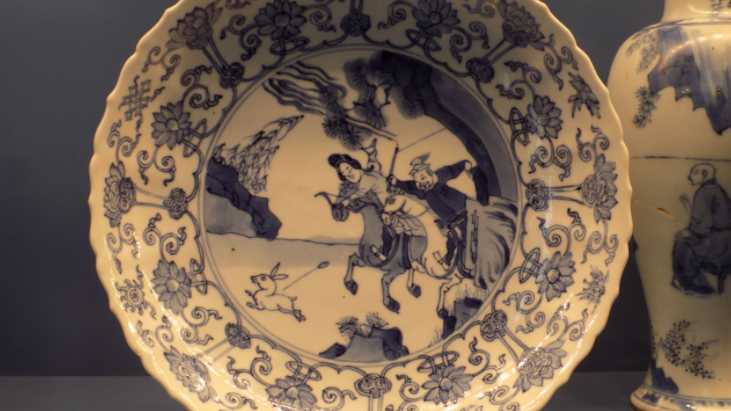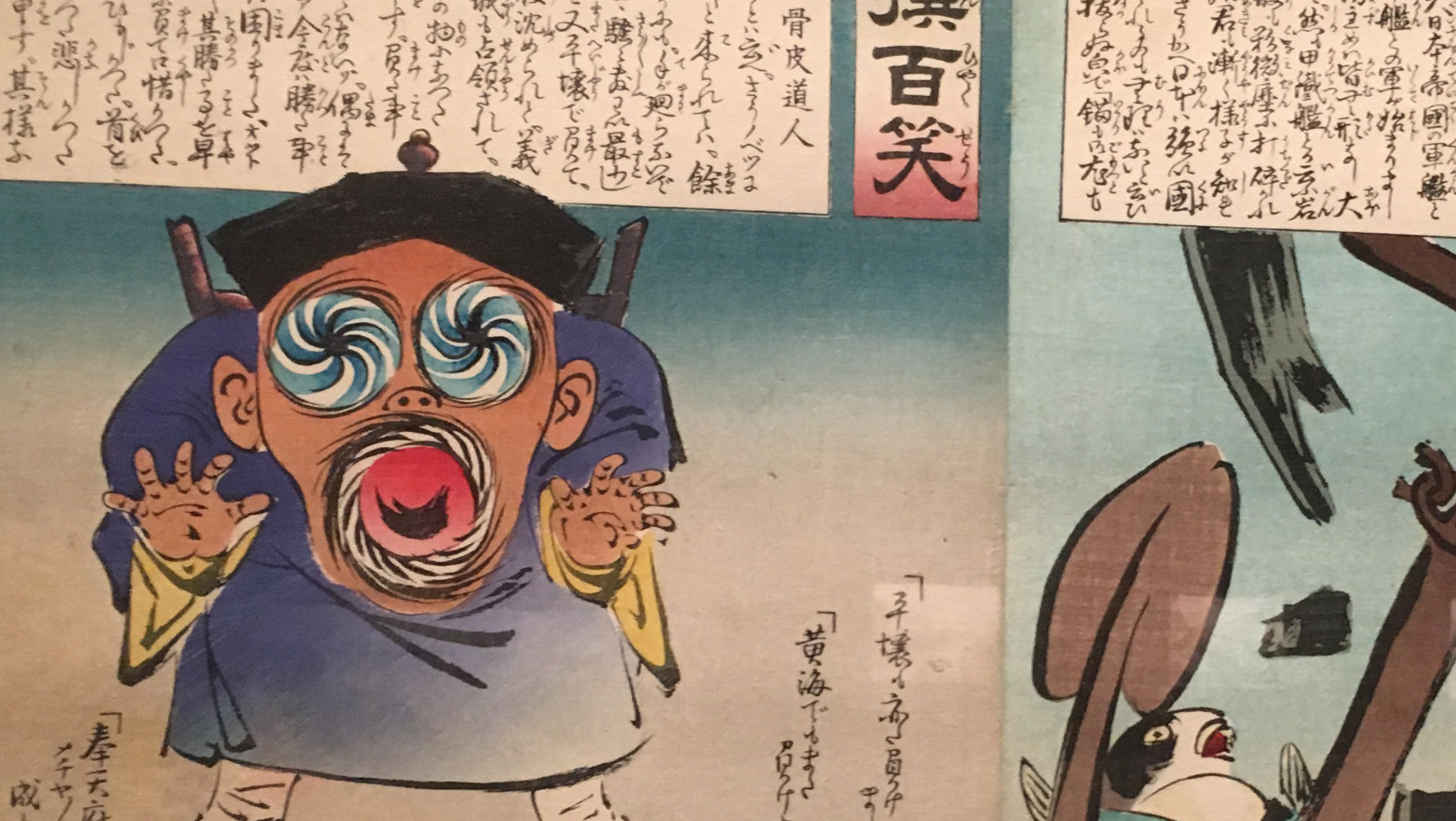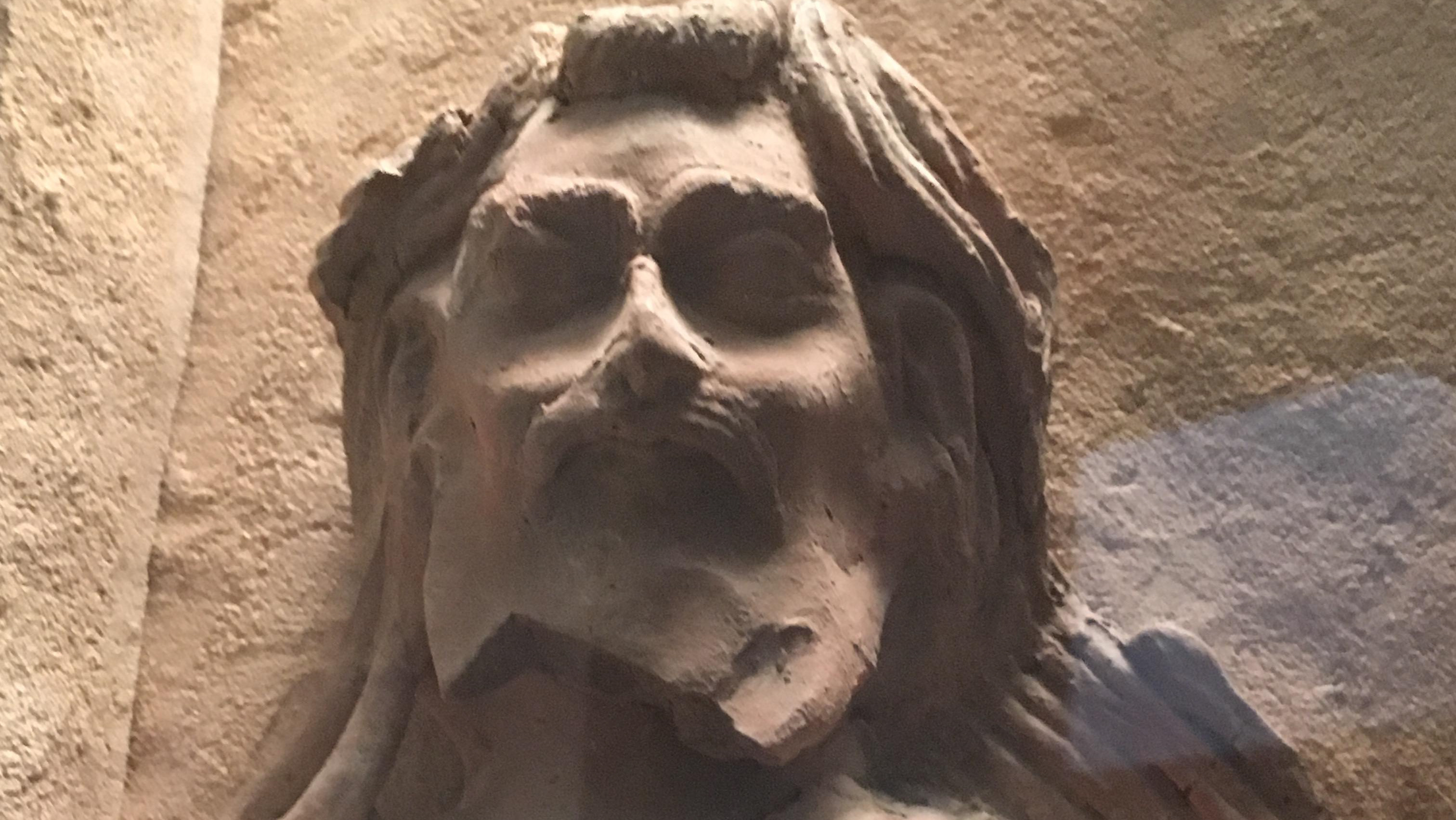Tokyo National Museum
Head of Bodhisattva. Kumtura Caves, China, Clay with polychromy, Tang dynasty, 7th - 8th century, Otani collection.
Head of Bodhisattva. Kumtura Caves, China, Clay with polychromy, Tang dynasty, 7th - 8th century, Otani collection.
Left: 7th Century, Kizil Cave, Tang dynasty. Right: 眾人奏樂圖, Karakhoja, 10th - 11th century.
Relics box (deatail), 6th - 7th century. Kucha.
Relics box, 6th - 7th century. Kucha.
Gandharva 樂天像.
Candra (Lunar deity) 月天像
Bronze head of Buddha, from Khotan. Features like open eyes, mustache, and ears are thought to show the influence of Western culture.
The Otani Expeditions Map
The Otani Expeditions:
Otani Kozui, the 22nd abbot of Nishi Hongwanji Temple in Kyoto, sent three expeditions to the Western Regions in the period from 1902 to 1914. The Western Regions corresponds to west of China, or present-day Central Asia. Whereas other countries sent expeditions to this area for political reasons, or for archaeological and anthropological research, the Otani expeditions were motivated by Buddhist devotion and fascination in a region where this religion had prospered. By tracing the route by which Buddhism came to Japan, investigating ruins, and collecting artifacts, the expeditions aimed to solve mysteries of Buddhist history and culture. The expedition records, as well as the vast amount of wooden tablets, ancient texts, murals, sculptures, textiles and other artifacts brought back to Japan, form valuable clues for understanding Buddhist history and the cultures of the Western Regions.
Esoteric Buddhism is a major school of Buddhism that was introduced to Japan in the early 800s. According to this school, Buddhist teachings are too profound to understand through words. The monks of this school therefore rely on intricate rituals and visual representations of these teachings – such as paintings and sculptures – to achieve understanding and enlightenment.
Heart Sutra, known as the "Sumidera Shingyo." Attributed to Kukai, Ink on paper, Nara period, 8th century.
Senju Kannon (Sahasrabhuja). Ink on paper, Heian period, 12th century, Tokyo National Museum.
Senju Kannon (Sahasrabhuja). Ink on paper, Heian period, 12th century, Tokyo National Museum.
Miroku (Maitreya) Mandala, Color on silk, Kamakura period, 13th century. Reiunji, Tokyo.
Miroku (Maitreya) Mandala, Color on silk, Kamakura period, 13th century. Reiunji, Tokyo.
Kokuzo Bosatsu (Akasagarbha), Color on silk, Kamakura period, 13th century.
The bodhisattva Akasagarbha is believed to possess infinite wisdom and virtue. He is depicted here as a Shinto deity from one of Japan's sacred mountains.
Kokuzo Bosatsu (Akasagarbha), Color on silk, Kamakura period, 13th century.



